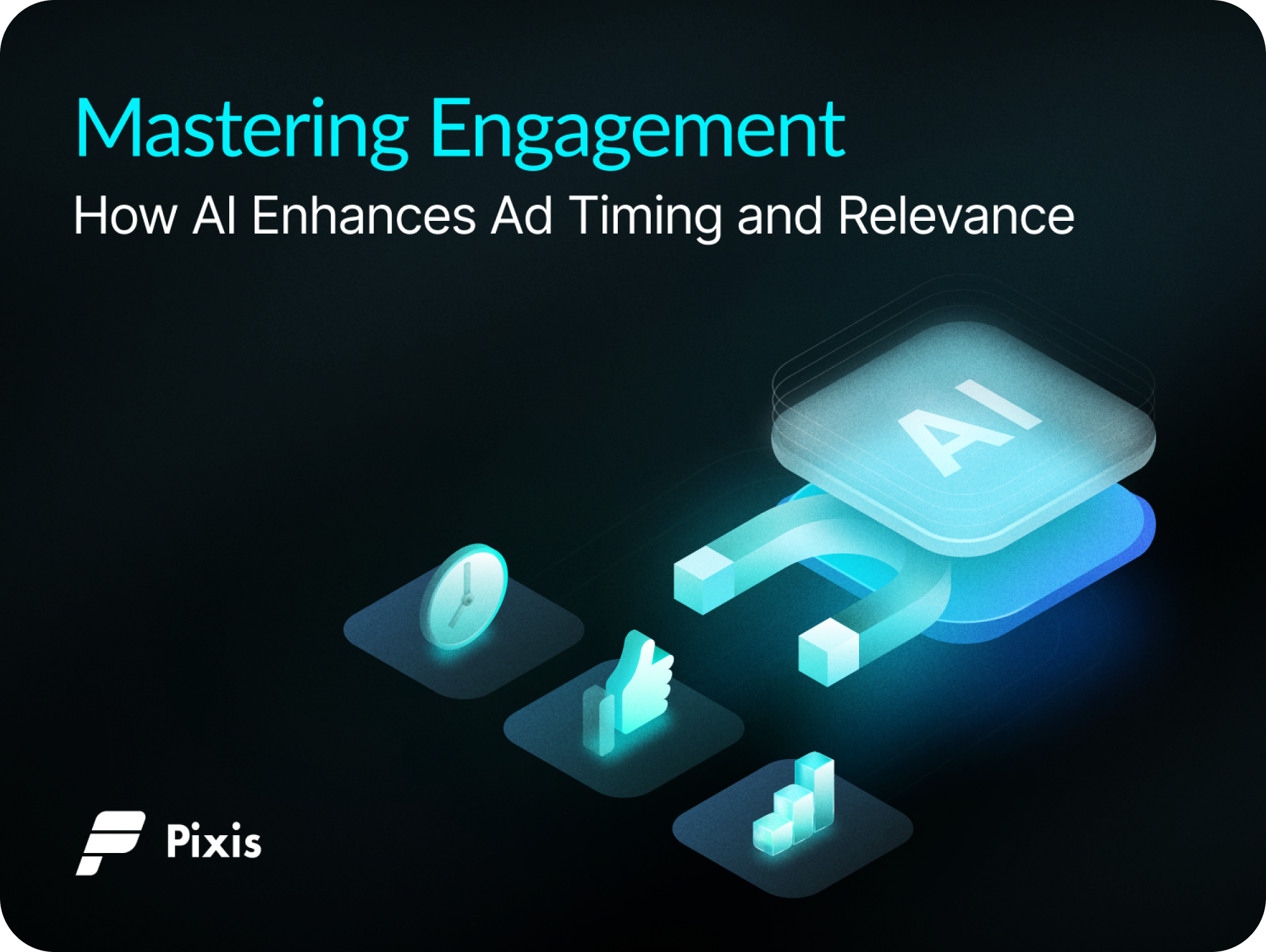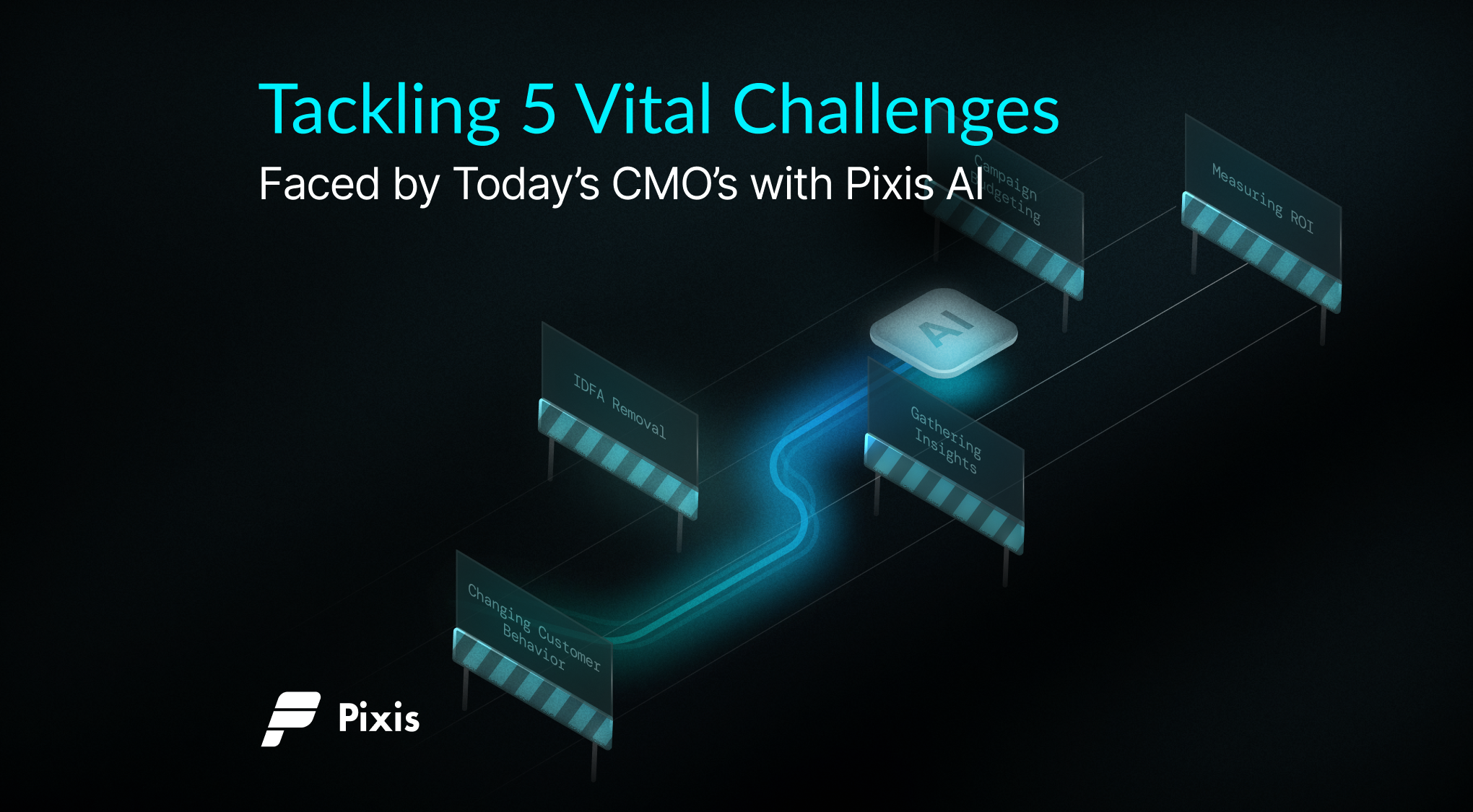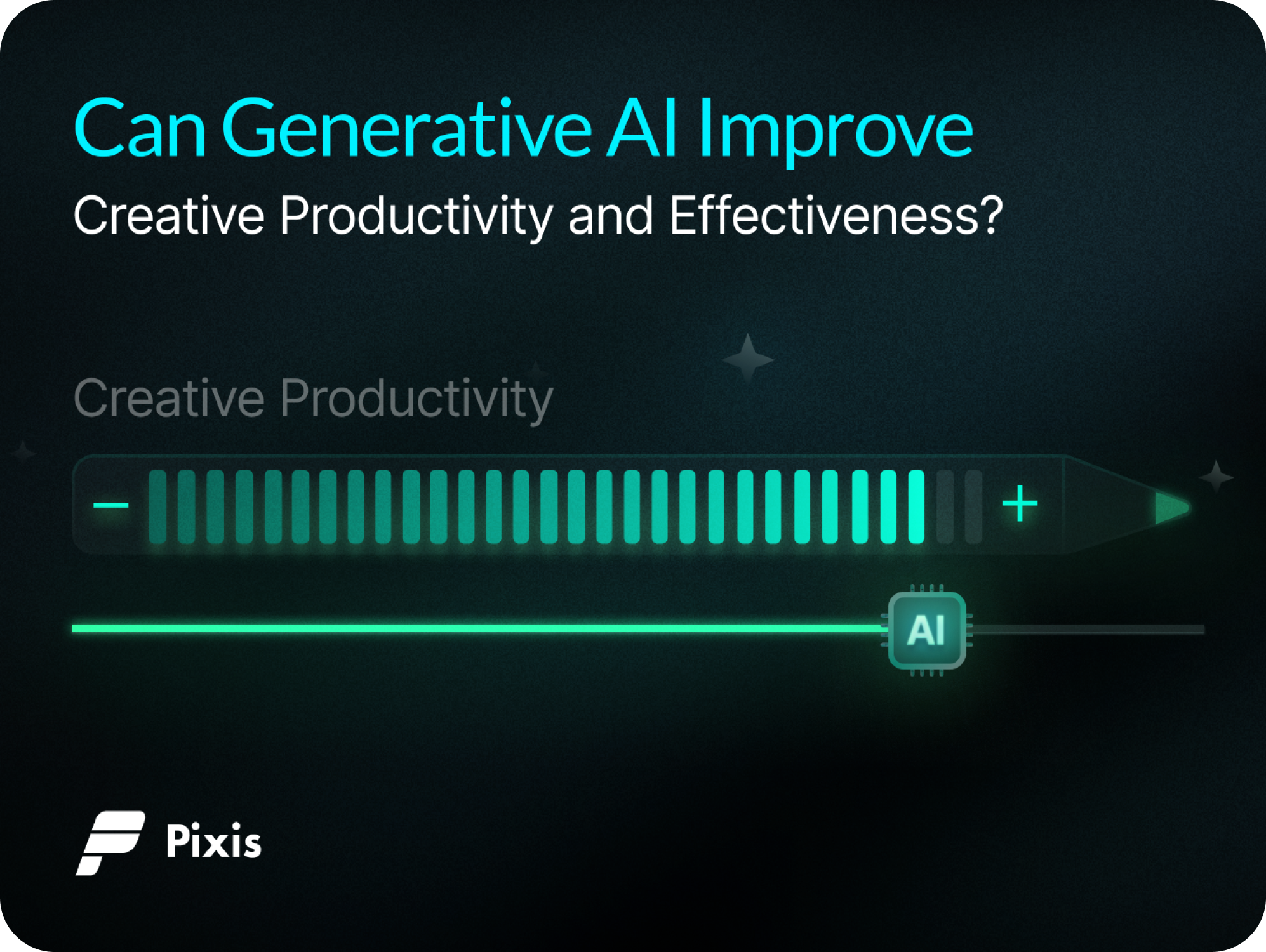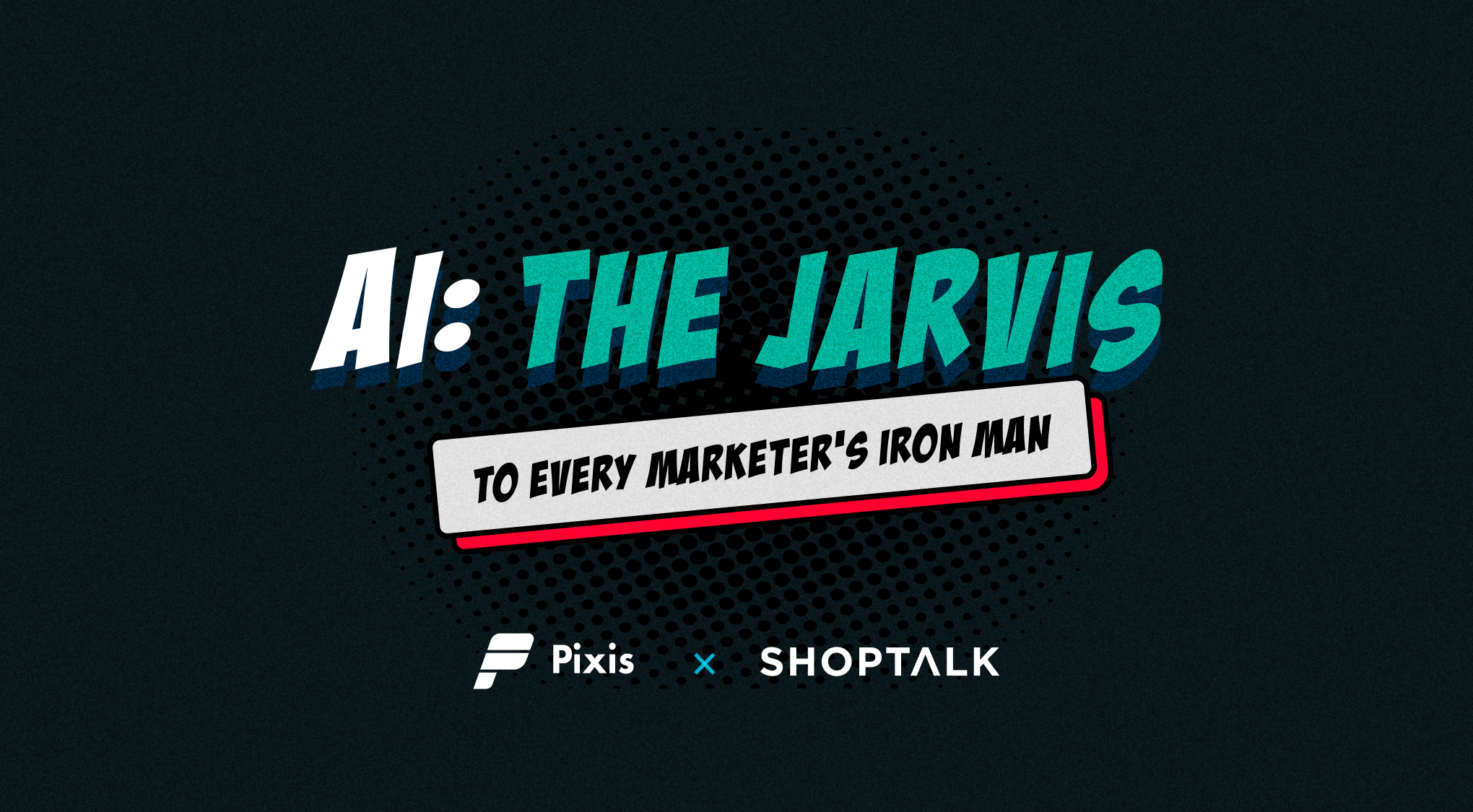Training Data: The Backbone Of AI
Editor’s Note: Co-founder and CTO of Pixis, Vrushali Prasade, shares her thoughts on the intricacies of training AI with the right type of data. In this blog post, she outlines the challenges involved in obtaining training data, and how it can be sourced and utilized wisely.
Introduction
The irony of the name Artificial Intelligence when there is significant human effort involved in making it an effective tool isn’t lost on me. We are the ones providing AI with one of their fundamental pillars, training data. Without humans identifying, modifying, and experimenting with how much and what type of data should be fed into the AI model, it would not be able to deliver the results we want. Essentially, the AI tool is only as good as we train it to be.
Without appropriate extensive training datasets for artificial intelligence to learn from, any AI model would inevitably produce erroneous and biased outcomes, even when intended for general purposes. For instance, if I were to ask a generative AI tool powered by big data to devise an ad copy for my fictitious pencil brand named Tiger. The AI system might generate a copy focused on tigers, as it has been learning from biased information associating “tiger” with an animal rather than a pencil.
The Unspoken Challenge of Training Data
The purpose when obtaining training data is not to get as much as possible and assume AI will make sense of it all. Using big data, though it has huge amounts of information, can deliver very biased outcomes if not utilized appropriately. That is the core challenge we face, feeding AI models with vast amounts of the right data. A good accuracy rate for an AI algorithm requires large amounts of high quality data. The complexity and specificity of the problem you are trying to solve will dictate the type and amount of training data that is required.
High quality data refers to big data that is labeled to become domain-specific for optimal accuracy. Labeling data is a human intensive job. A computer will not be able to differentiate my hypothetical brand “Tiger” from the animal unless it is specifically told enough times. Without accurately labeled training data, your AI model might end up identifying a bald head as a ball, just as the AI-powered camera did in 2020 during a soccer match in Scotland, giving everyone a view of the referee’s shiny head instead of all the field action.
Because the process of identifying and verifying data constantly is very time-consuming, companies using AI models find it difficult to allocate resources dedicated to the task and end up outsourcing it. This is where we have seen AI creating jobs for humans. One of them being in human-powered data labeling agencies.
Regardless if it is third-party big data or owned niche data, the best type of data is always labeled according to your purpose or field of work. If you want an AI camera to properly identify a soccer ball, you need to train it with enough images of one. Once you structure and label your data to be more specific, your AI model will have that advantage over your competitors.
Training AI Models for Effective Data
The goal of AI is to help increase organizations’ bottom lines. How can it do that if we have to invest time and money in not only building large domain-specific data sets but also in human power to label them for the AI? It just would not be worth it. The answer is not in the data itself, but rather in the AI model you are working with.
The general trend now is to use open-source models and customize them to our use cases, which learn from readily available big data and make it contextual. This is a less monetary and time-intensive option. By fine-tuning base AI models to fit your needs, it scrapes the internet for thousands of specific data points for a specific purpose although you may want to keep a keen eye on the data being labeled to ensure the quality of data being fed in.
Though that is very specific to generative AI models and LLMs, for highly specific use cases, such as sales forecasting, the only viable option is to source your own training data.
However, if you already have the data, then you may invest in building your own AI model. Bloomberg was able to create its own generative AI model, BloombergGPT, with its own large proprietary finance data. Implementing their LLM model to the source material that they have collected over decades is a step ahead for the fintech industry, and can change the way we do financial research should they choose to make it public.
Using Training Data Wisely

Sourcing and utilizing effective training data for AI involves careful planning and consideration of several factors. Some steps to keep in mind to help you with the process are to:
– Determine your use case. Try not to over-burden the AI model with overly complicated tasks, as it may lose its effectiveness.
– Identify what and how much data you need. Different use cases will require different types of domain-specific data.
– Explore different data sources. What is readily available for you to use, and can it be a good source of information to train the AI model?
– How do you want to label the data? Manually, using a third-party organization, or fine-tuning a base AI model to collect specific data points from available big data.
– Ensure data quality. Have experts oversee the data labeling process, such as crowdsourcing, to remove any inconsistencies, outliers, or noise that may negatively impact model performance. Someone who understands your purpose and the results required.
– Validate and iterate. Split your dataset into training, validation, and testing subsets to optimize your AI model. Continuously evaluate the model’s performance on the testing set.
In a sense, unless your purpose is really general, even big data needs to become domain specific for increased accuracy. This is largely what we see happening with each industry, as they want to filter out any unrelated data that can create biases. We strive for high-quality domain-specific training data to improve our performance. Without training AI models properly, we may as well watch bald heads running around instead of a soccer match.




